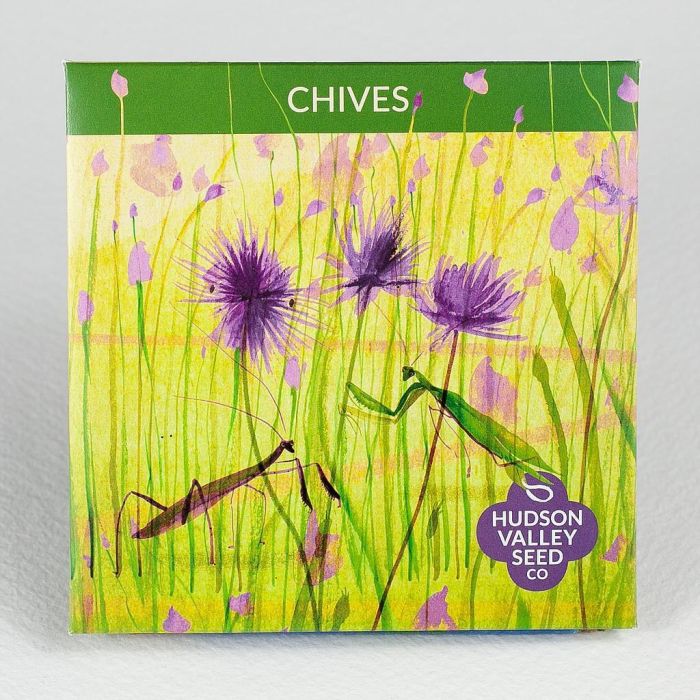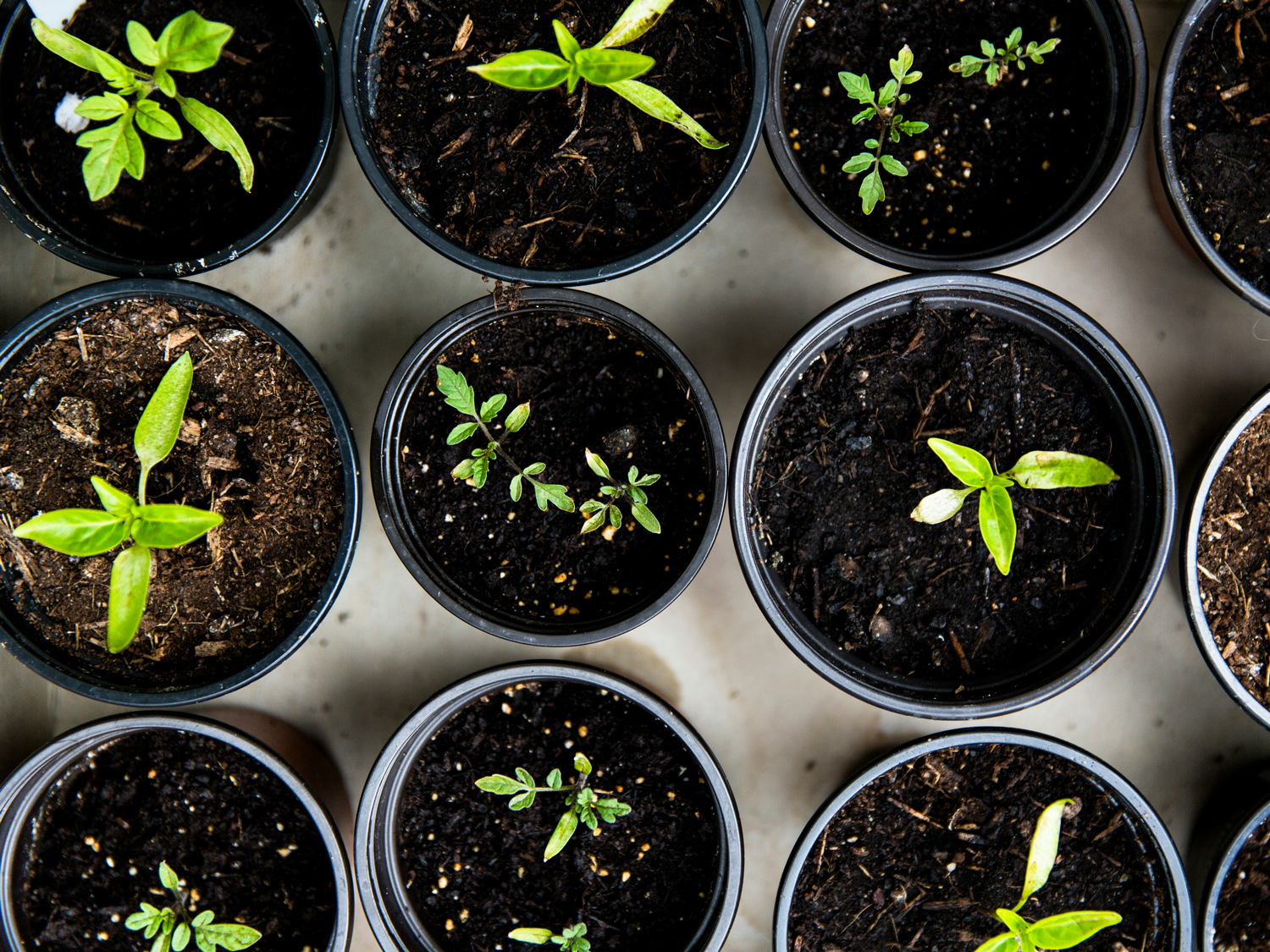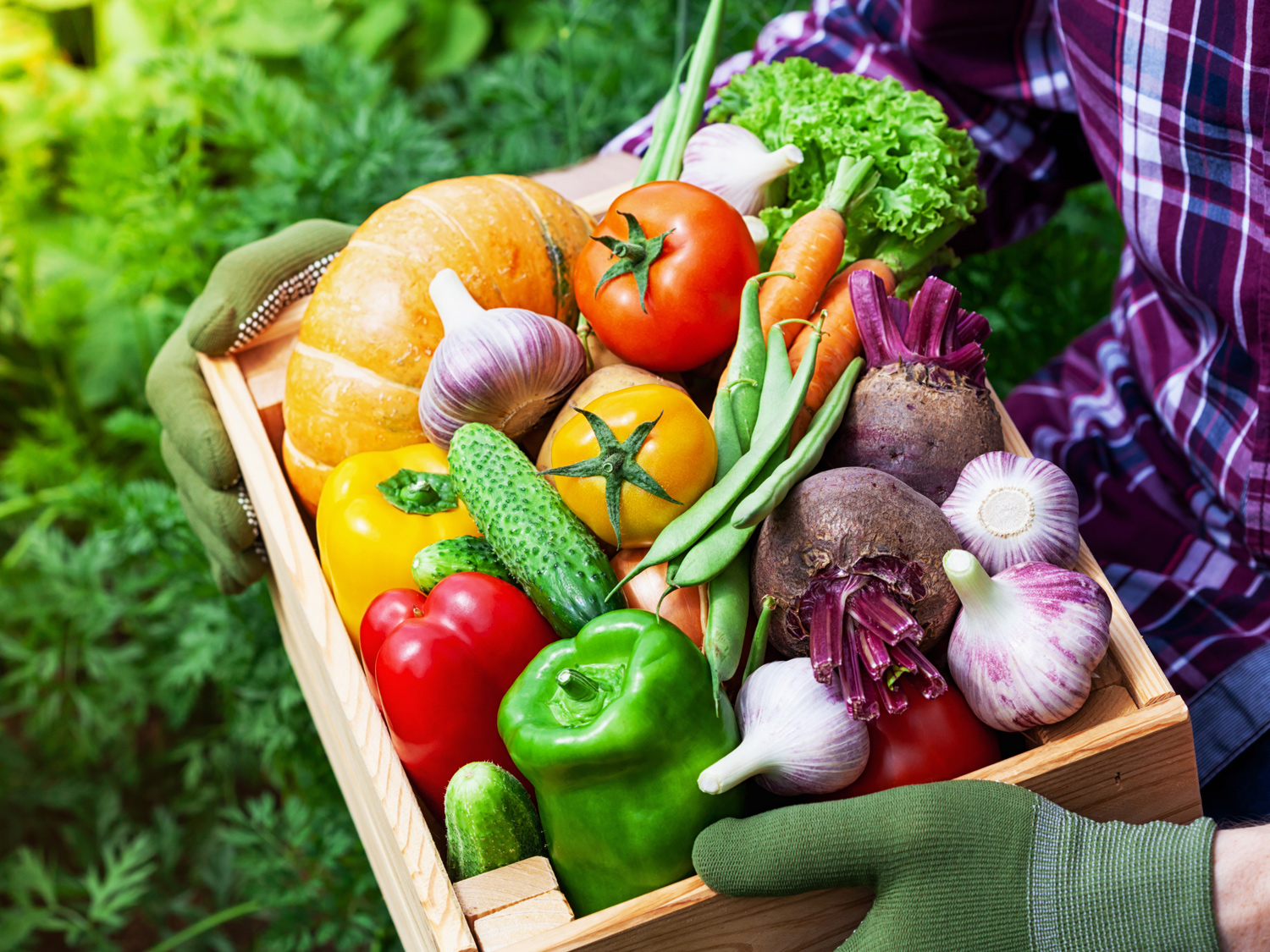Allium, Chives ~ 200 seeds


- Sun Preference
- Full-Sun
- Bloom or Harvest Time
- Late Spring, Summer, Fall
Description
Allium tuberosum
Certified Organic
Edible, ornamental, and perennial–an essential part of every kitchen garden.
The smallest of all the Alliums, chives are considered by some to be the only species of Allium native to both the Old World and the New. The sulfur smell of the plant is said to repel garden insect pests while the flowers attract beneficial pollinators. This clumping onion survives winter in the Northeast and often blooms in early May. The green shoots are the first to come up in the spring, and can be used in warm winter tonic to ward off cool days. Be sure to let your chives flower though; they are a wonderful, oniony edible flower.
Seed Starting Successfully
Start your garden from scratch with Gertens' wide variety of seed packets! Whether you're a seasoned gardener or just starting out, we have seeds for every skill level and garden size. From colorful flowers to delicious vegetables, our seeds are carefully selected for their quality and performance.
Details
A patch of chives delights all of the senses. The sight, smell, touch, and taste of chives even the sound of the hollow stems popping open when snapped in half, all are full of intense energy. Soft spines return vividly early in spring. Soon after, delicate buds form, their pale hoods veiling the soon-to-be orbs of dense purple spikes that burst open like supernovas. Edible, ornamental, and perennial, these hardy culinary clusters are an easy and essential part of every kitchen garden.
The smallest of all the Alliums, chives are considered by some to be the only species of Allium native to both the Old World and the New. The sulfur smell of the plant is said to repel garden insect pests while the flowers attract beneficial pollinators. This clumping onion survives winter in the Northeast and often blooms in early May. The green shoots are the first to come up in the spring, and can be used in warm winter tonic to ward off cool days. Be sure to let your chives flower though; they are a wonderful, oniony edible flower.
Growing Instructions
Chives are easy to grow and thrive in a number of garden places, including borders and containers. Start seeds indoors, about a week before outdoor soils can be worked. Keep watered but not wet. Transplant outdoors in clumps when chives are about 3" and the soil can be worked. Alternatively, direct sow outdoors in a weed free area as soon as soil can be worked. Chives will grow slowly at first, but are extremely hearty and fast growing once established. For best culinary quality, cut chives every week or two once they are established. The chive flowers are also edible when they are soft and pink.
Quick Facts
Days to Germination: 7-14 days
Days to Maturity: 80 days
Planting Depth: ¼-½"
Spacing in Row: 4-8"
Spacing Between Rows: 18-24"
Height at Maturity: 12-24 inches
Width at Maturity: 10-14 inches
Sun Preference: Full to Little Sun
Hardiness Zone Range: Zones 4-9
About the Artist
Artwork by Sarah Jacoby. Sarah Jacoby is an illustrator and artist, a writer and all-around creative thinker and maker. When making pictures, she prefers to use brushes and inks, and she loves calling upon memories to bring her imagery to life.
More Information
| Mature Height (Range) | 13" - 24" |
|---|---|
| Spacing Between Rows | 18-24" |
| Spacing in Row | 4-8" |
| Days to Germination | 7-14 days |
| Planting Depth | ¼-½" |
| Days to Maturity | 80 days |
| Seed Packet Type | Organic Herbs |
| Plant Life Cycle | Perennial |
| Bloom or Harvest Time | Late Spring, Summer, Fall |
| Sun Preference | Full-Sun |
| Common Family Name | Chives |
| Brand | Hudson Valley Seed Co |


